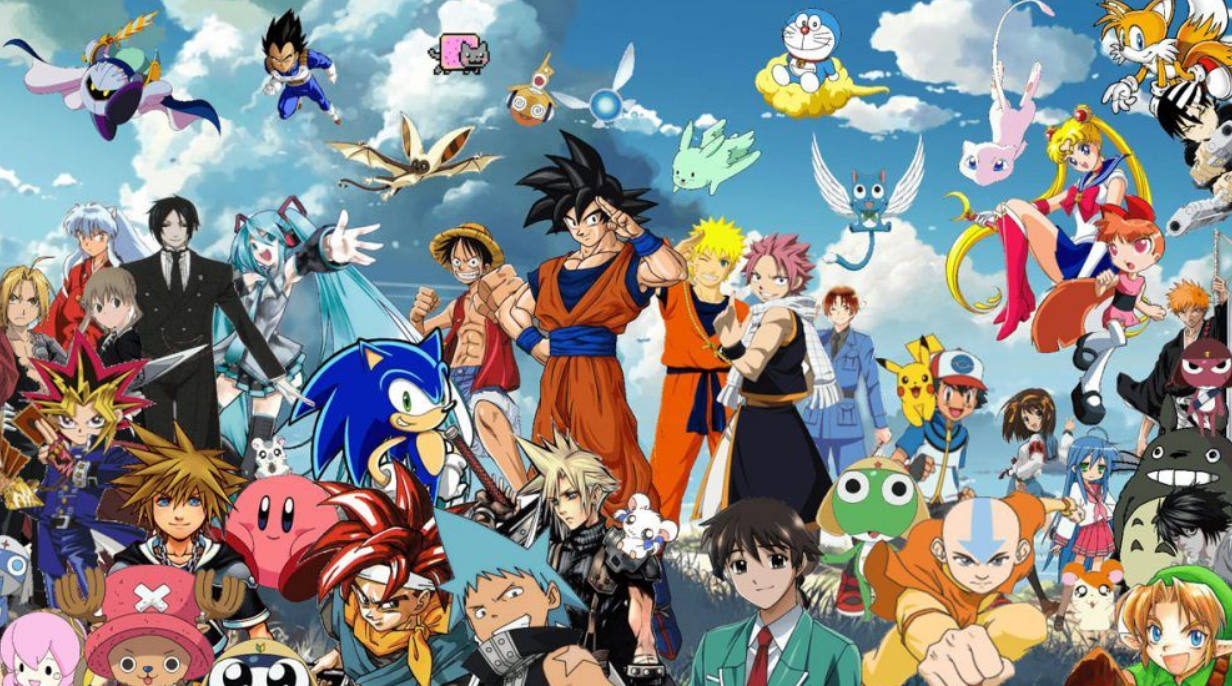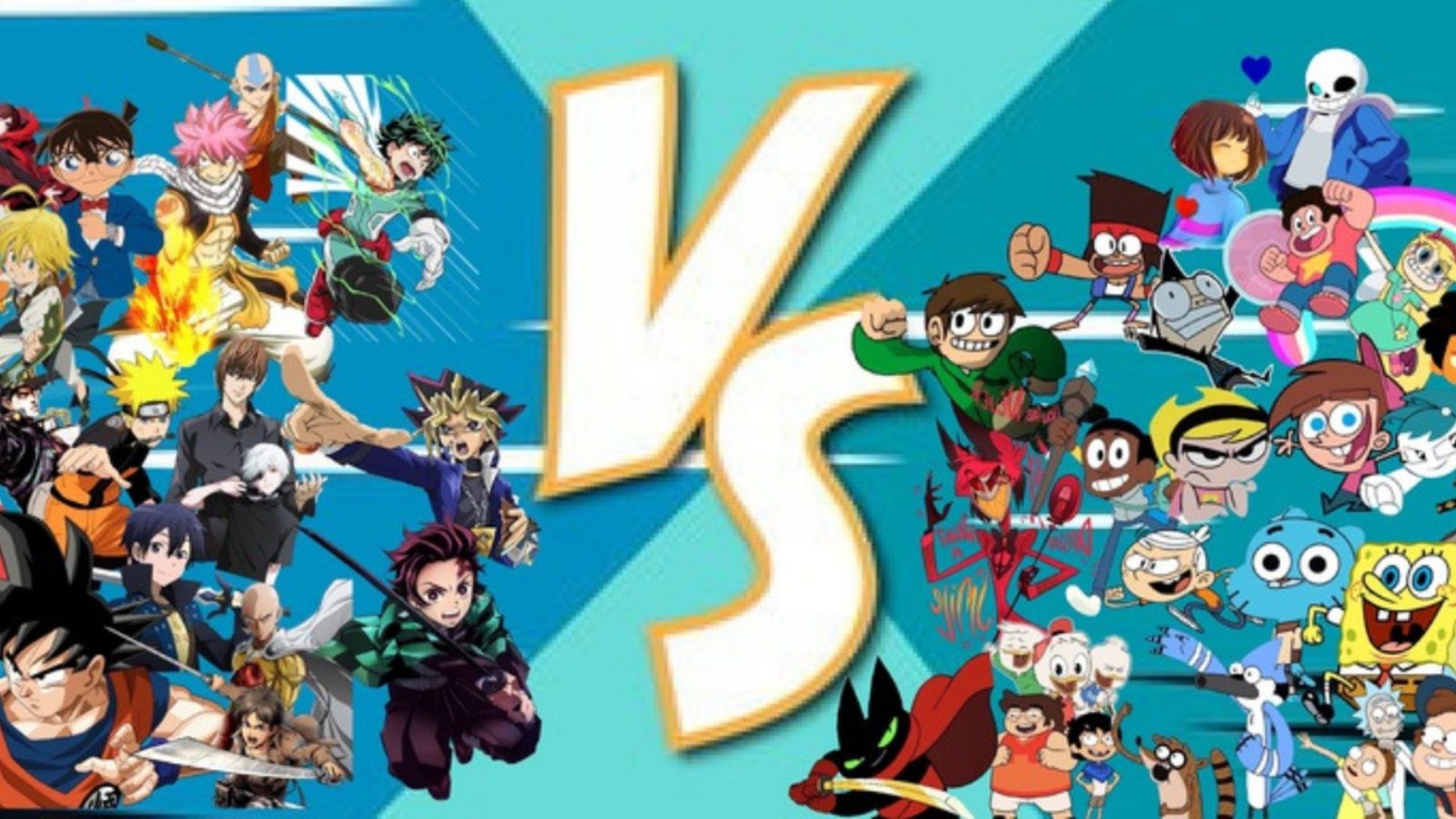Take a Break and Enjoy Some Entertainment
When immersed in the exciting world of online gaming or anime, it’s important to take occasional breaks to recharge. A quick diversion can refresh your mind and enhance your overall experience. If you’re looking for a fun way to unwind, the gambling360 welcome casino bonus offers an exciting opportunity to enjoy some entertainment. A brief pause with a bit of gaming can help you return to your activities feeling revitalized and ready for more fun.
Anime and Japanese novels are two of the most significant cultural exports of Japan, both highly influential in the global entertainment landscape. Interestingly, the relationship between anime and novels is not merely coincidental — anime adaptations of novels have played a pivotal role in boosting the popularity of the original literary works. As anime continues to grow in popularity worldwide, it brings renewed attention to the novels that inspired them, often sparking a wave of interest in the original books. In this blog post, we will explore how anime influences the popularity of Japanese novels, both in Japan and internationally.
1. The Power of Anime Adaptations
One of the most significant ways anime influences Japanese novels is through adaptations. When a popular manga or light novel is adapted into an anime series, the resulting show often garners a global following. This surge in interest can drive readers to the original source material, as fans of the anime are eager to dive deeper into the story and explore the nuances of the plot and characters that may not be covered in the show.
Key Reasons Anime Boosts Novel Popularity:
- Wider Audience Reach: Anime can reach a broader and more diverse audience compared to novels, especially with the rise of streaming platforms like Crunchyroll, Netflix, and Hulu. These platforms have made anime accessible to global audiences, often increasing interest in the original works, which may otherwise have remained confined to Japan.
- Visual and Emotional Appeal: Anime offers a dynamic, visual medium that enhances the emotional connection to the characters and story. Once fans become attached to an anime’s characters and world, they are often motivated to explore the original novels to further immerse themselves in the narrative.
- Fandom Engagement: Anime fosters vibrant fan communities that actively discuss and analyze the source material. These discussions can prompt new readers to seek out the novels, spurred by curiosity or the desire for a more in-depth experience.
2. Examples of Popular Anime-Novels Connections
Several notable anime adaptations have significantly boosted the popularity of Japanese novels, transforming them into global bestsellers.
Example 1: Your Name (Kimi no Na wa)
The anime film Your Name (2016), directed by Makoto Shinkai, became a worldwide phenomenon. The movie’s immense success led to a spike in the sales of the original novel, also titled Your Name, written by Makoto Shinkai. Fans flocked to the book to delve into the rich details of the story, which the anime could not fully explore. The novel further expanded on the characters’ emotional depth and provided more background to the plot, which intrigued many anime fans.
- Result: The novel’s sales soared after the film’s release, solidifying Shinkai’s reputation as a master storyteller and introducing a global audience to his literary works.
Example 2: No Game No Life
No Game No Life is another prime example of how anime adaptations have impacted the popularity of Japanese novels. The anime series, based on a light novel written by Yuu Kamiya, follows a brother-sister duo transported to a world where everything is decided through games. The anime’s playful tone, vibrant animation, and strategic elements helped the show gain popularity. As a result, the light novel series saw a significant increase in sales, particularly in the West.
- Result: The anime sparked interest in the light novel series, leading to its success across international markets, including the U.S. and Europe.
3. The Role of Light Novels in Anime Popularity
Many anime series are based on light novels, a genre of Japanese novels that are typically illustrated and aimed at a younger audience. Light novels are often serialized and feature easy-to-read prose alongside anime-style illustrations. These novels are typically more accessible than traditional novels, making them an ideal format for anime adaptations.
Light Novels as a Gateway to Anime
Light novels often become anime adaptations because their content is readily adaptable into the visual format. This connection creates a symbiotic relationship between the two mediums. As anime brings attention to light novels, the books often benefit from increased sales and international recognition.
- Example: Series like Sword Art Online, Re:Zero – Starting Life in Another World, and The Rising of the Shield Hero all started as light novels before being adapted into successful anime series. Their global popularity has contributed to the growth of the light novel market, particularly in the West.

4. How Anime Expands the Reach of Japanese Literature
Anime adaptations not only boost sales but also expand the reach of Japanese literature as a whole. As anime viewers explore novels based on anime they enjoy, they often discover more books, resulting in an increased interest in Japanese literary traditions. This is particularly true for genres such as fantasy, sci-fi, and romance, where anime has a strong influence on both young and adult audiences.
Cultural Exchange through Anime
Anime can also act as a cultural ambassador, introducing Western audiences to Japanese literary themes, tropes, and writing styles. The interest generated by anime adaptations of novels fosters greater cultural exchange and can pave the way for broader appreciation of Japanese literature and storytelling techniques.
- Example: Anime adaptations of Steins;Gate and The Tatami Galaxy have prompted international audiences to seek out the original novels, offering them an opportunity to appreciate more nuanced and detailed versions of the stories.
5. Marketing and Commercial Success
Anime adaptations can serve as powerful marketing tools for the novels they are based on. The widespread popularity of anime can result in collaborations, special editions, and merchandise, all of which help raise the visibility of the original books. This creates a mutually beneficial relationship where both the anime and the novels experience commercial success.
- Example: Attack on Titan (Shingeki no Kyojin) has seen a tremendous increase in novel sales, merchandise, and even theme park attractions, thanks to the anime’s success. Fans who first discovered the story through the anime are more likely to purchase the manga or light novel series to continue the experience.
Conclusion
The influence of anime on the popularity of Japanese novels cannot be overstated. Through anime adaptations, novels gain access to a global audience, often sparking new interest in the original works and generating substantial sales. Whether it’s light novels, manga-based stories, or original novels adapted into anime, the relationship between the two mediums has created a vibrant exchange of ideas, stories, and cultures that transcends borders. As anime continues to dominate the global entertainment scene, its role in promoting Japanese literature will only grow, bringing more readers to discover the rich world of Japanese novels.











